How To Safely Can Food
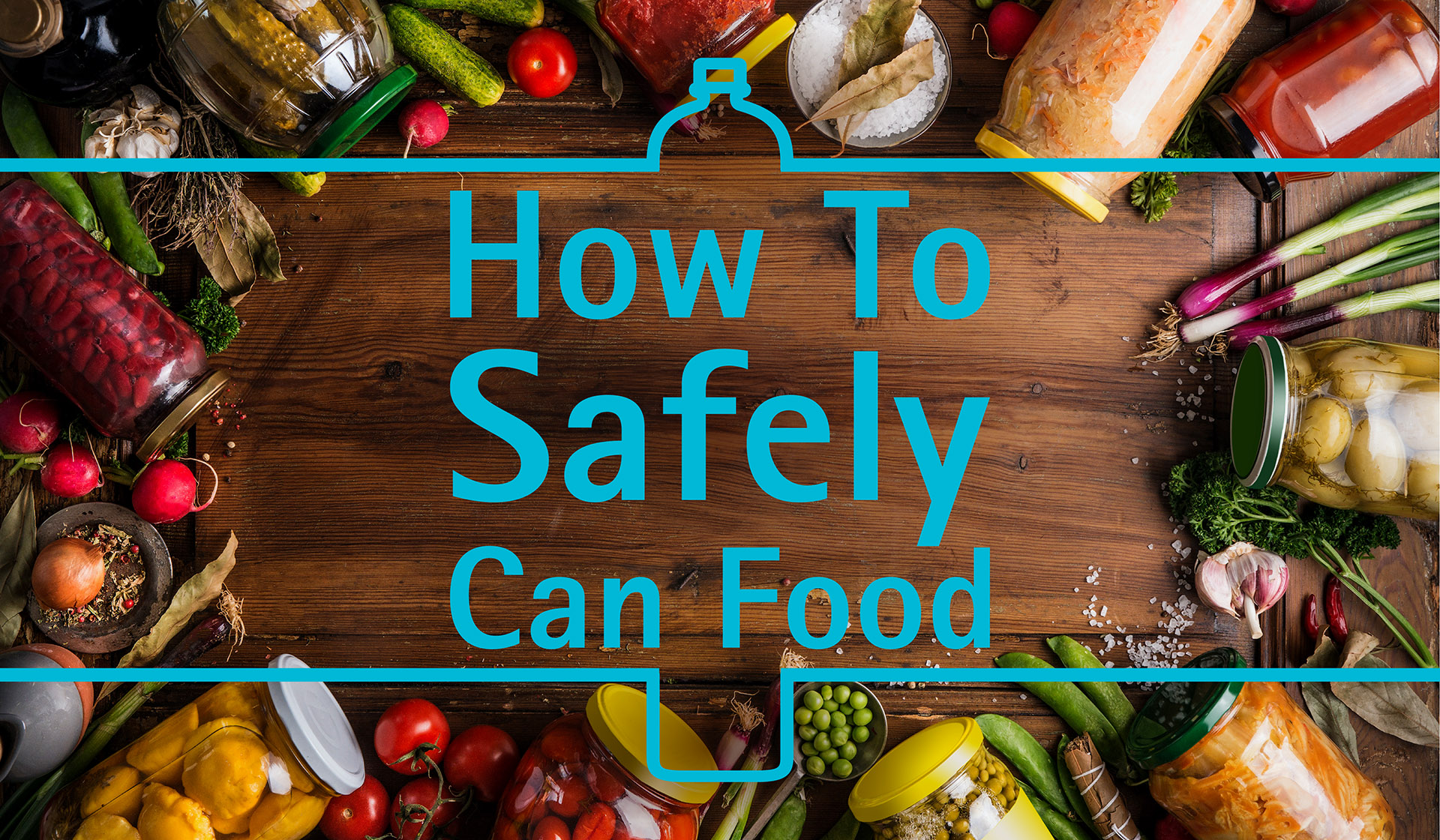
Canned goods are incredibly popular due to their long shelf life and the fact that they’re relatively easy to produce on a large scale. No matter if you’re a pro using glass canning jars or you’re learning about the canning process for the very first time, one of the first things you need to keep in mind is food safety.
If your business is branching out into canning, preserving, or similar foodstuffs, food safety is a critical component of any project, whether you’re operating your business out of a home kitchen or a commercial cooking space.
Food safety standards affect your entire business and, while it’s exciting to experiment with new canning methods, flavor combinations, and recipes, it’s also smart to do so safely.
To learn more about canned food safety and safe canning for beginners and pros alike, here are a few things you should know.
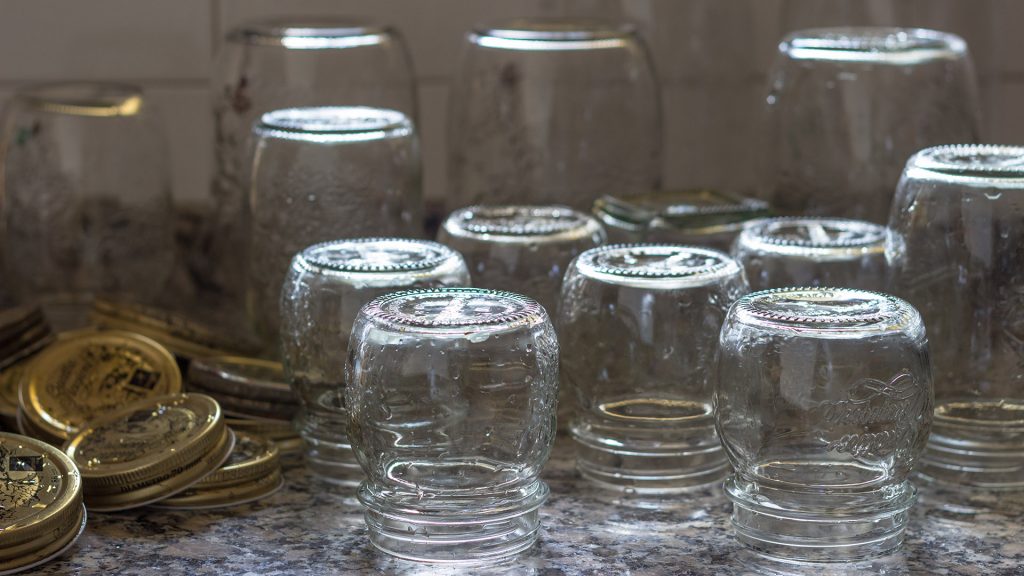
Clean And Sterilize Your Empty Glass Jars Before Filling
Glass canning jars are some of the most popular containers for canned and preserved foods. Since humans eat with their eyes first, it’s always helpful when shoppers are able to see what’s inside of a package before they buy it.
When you’re canning food products, you want to ensure you clean and sterilize your empty glass jars thoroughly to remove any residue, germs, or microbes lingering on the surface. This step helps properly prepare your jars for filling.

How To Choose The Right Glass Jars For Canning
If you’re preparing your own products for the canning process, you have to start with suitable containers and closures. From straight-sided glass jars to diverse lid designs, if you’re wondering where to buy canning jars, there are numerous options for canned food projects in BottleStore.com’s inventory.
Sometimes, you might need jars that are versatile. In this case, you’ll want to look for glass canning jars that have wider mouths and greater volume limits. You can decide between one-piece and two-piece lids, though most food safety experts recommend that you only use a given lid one time, regardless of which type you choose.
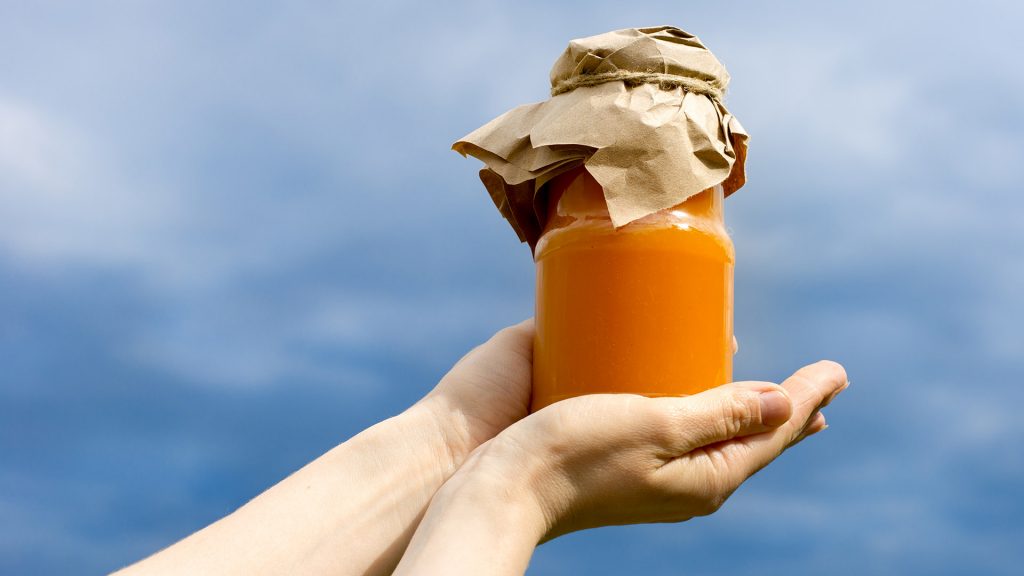
Benefits Of Canning
There are numerous benefits of canning for beginners, businesses, and home canners. For starters, canning can help you save money and preserve food for a long time. If you’re producing foodstuffs, canning certain products can also help prevent food waste.
Canning is an eco-friendly process since jars can be reused over and over again. Though lids typically can’t safely be reused during the canning process, reusable jars help offset waste production.
Canning also enables you to preserve products at their highest quality and extend their shelf life further than other storage methods. With so many diverse canning benefits, it’s easy to understand why both small and large businesses are excited about the prospect of canning their own foods.
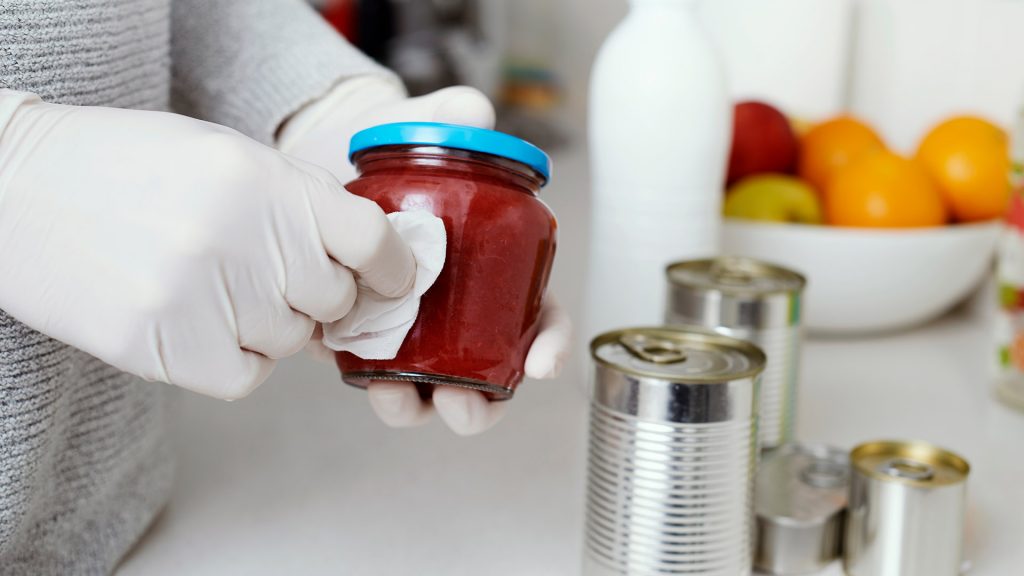
Tips For Safely Canning Your Foods
Now that you understand more about the canning process, it’s time to delve into some canning instructions that help maintain food safety and freshness for the perfect flavor. The first step is to know where to buy canning jars suitable for the process, such as BottleStore.com’s vast online inventory.
Here are some other things you should know about how to can food in jars:
- Selecting, preparing, and using lids. When you’re canning, always use new lids to prevent food spoilage. Most lids are single-use and once they’re opened, the seal is broken. However, you can reuse your jars, as long as you select the appropriate canning products. When you’re selecting and preparing your lids, you want to ensure a tight fit without damaging or cracking your container.
- Don’t retighten your lids. Again, this can weaken the seal and lead to food spoilage. Once an item has been processed, leave it be. If it doesn’t pass quality standards, toss it out.
- If canning at home, use a canner. Whether you rely on a water bath canner or a pressure canner, these are the only two safe, proven ways to can food at home. Other methods don’t eliminate harmful bacteria and microbes.
- Use a pressure canner to can foods with low acid content. Since acid serves to help pickle and preserve foods, it’s a core element of many recipes. However, it’s still possible to can low-acid foods, as long as you use a pressure canner.
- Remember that some foods cannot be canned. If you’re thinking of canning dairy, nut butter, or oil-based products, think again. Dairy is low in acid and high in fat, so it’s not safe to can, except in highly controlled industrial kitchen environments. In addition, certain grain- and wheat-based products tend to get an unappealing mushy quality when they’re canned.
- Know and trust your recipes. Especially if you’re hunting online for recipes, always use ones that are thoroughly vetted. Even if you’re trying to combine new flavors, follow best canning practices and always take internet advice with a healthy grain of salt.
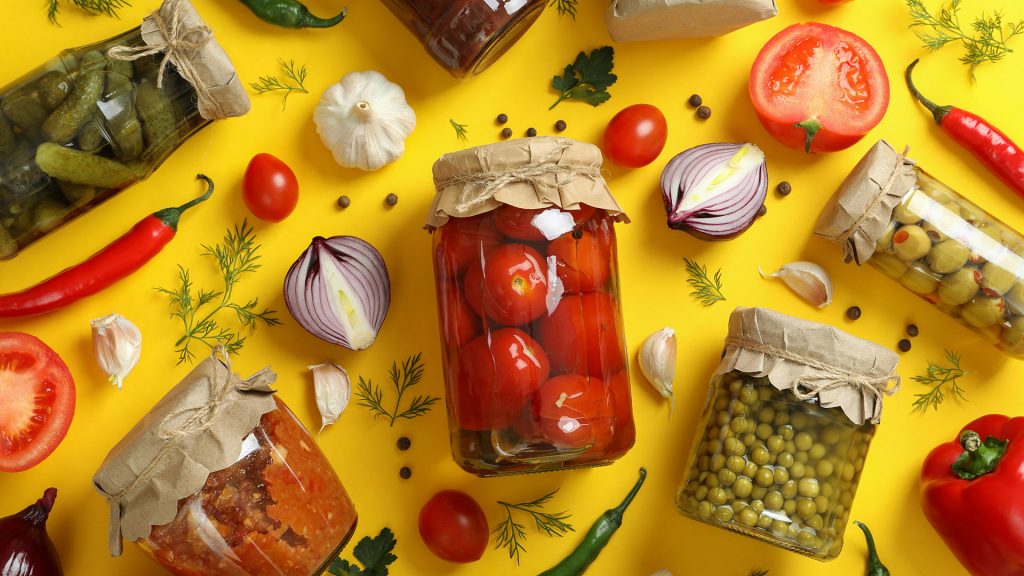
Learn More About Containers And Food Safety
Now that you know how to can food in jars safely — including fruit spreads, pickled vegetables, and other canned goods — you can start to create your unique flavors and tastes.
By following these handy canned food safety tips, you’re more prepared to craft high-quality canned foods that follow canning food safety best practices. To learn more about canned food safety, canning how-tos, and appropriate containers and closures for canned goods, contact BottleStore.com today or browse our online collection for industry-leading canning supplies.
BottleStore.com makes it easy to find the right glass canning jars, lids, and closures for your foodstuffs, pickled vegetables, and fruit spreads. With our versatile product line and a little bit of food safety know-how, your business will be on the path to success in no time!
